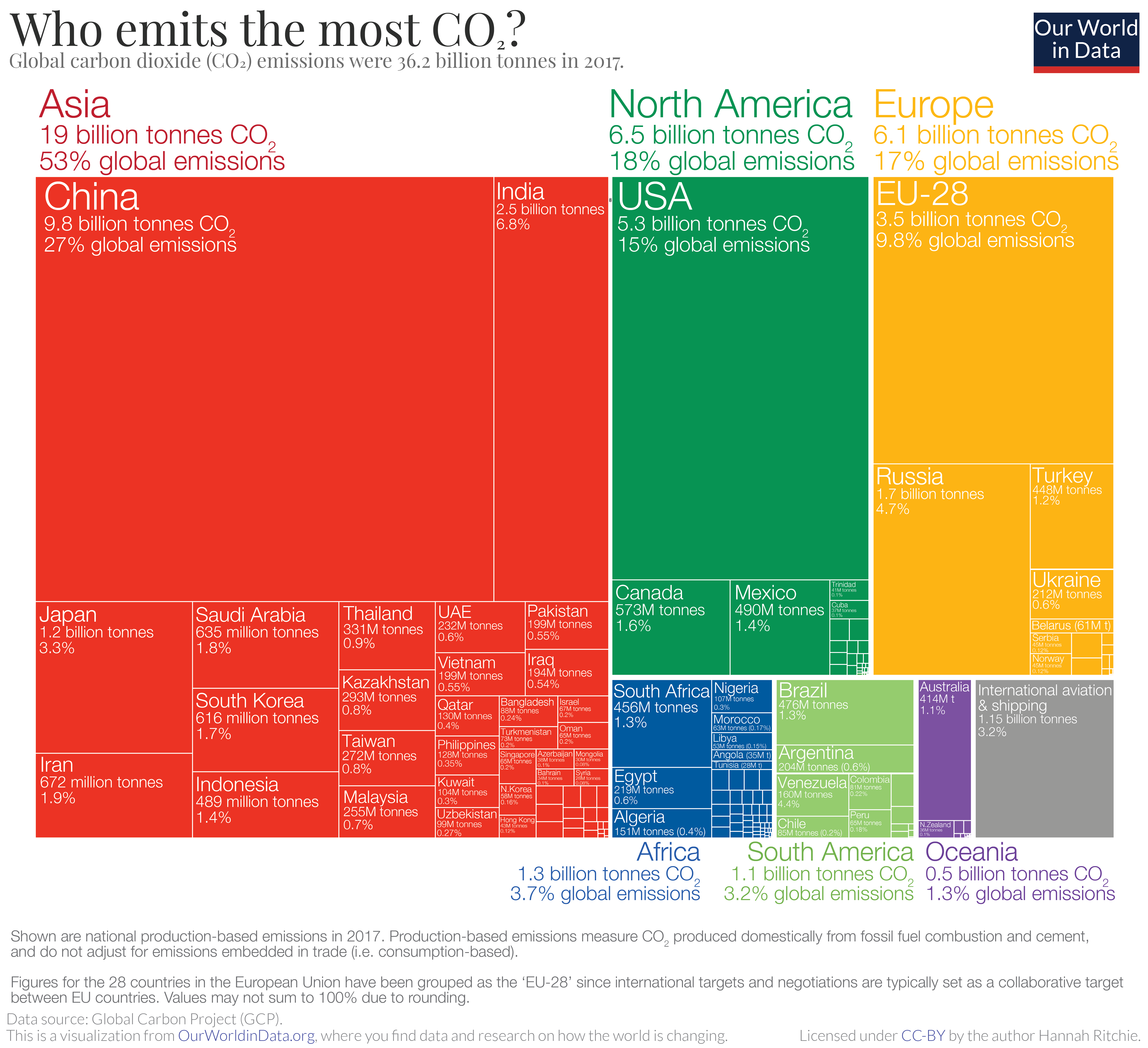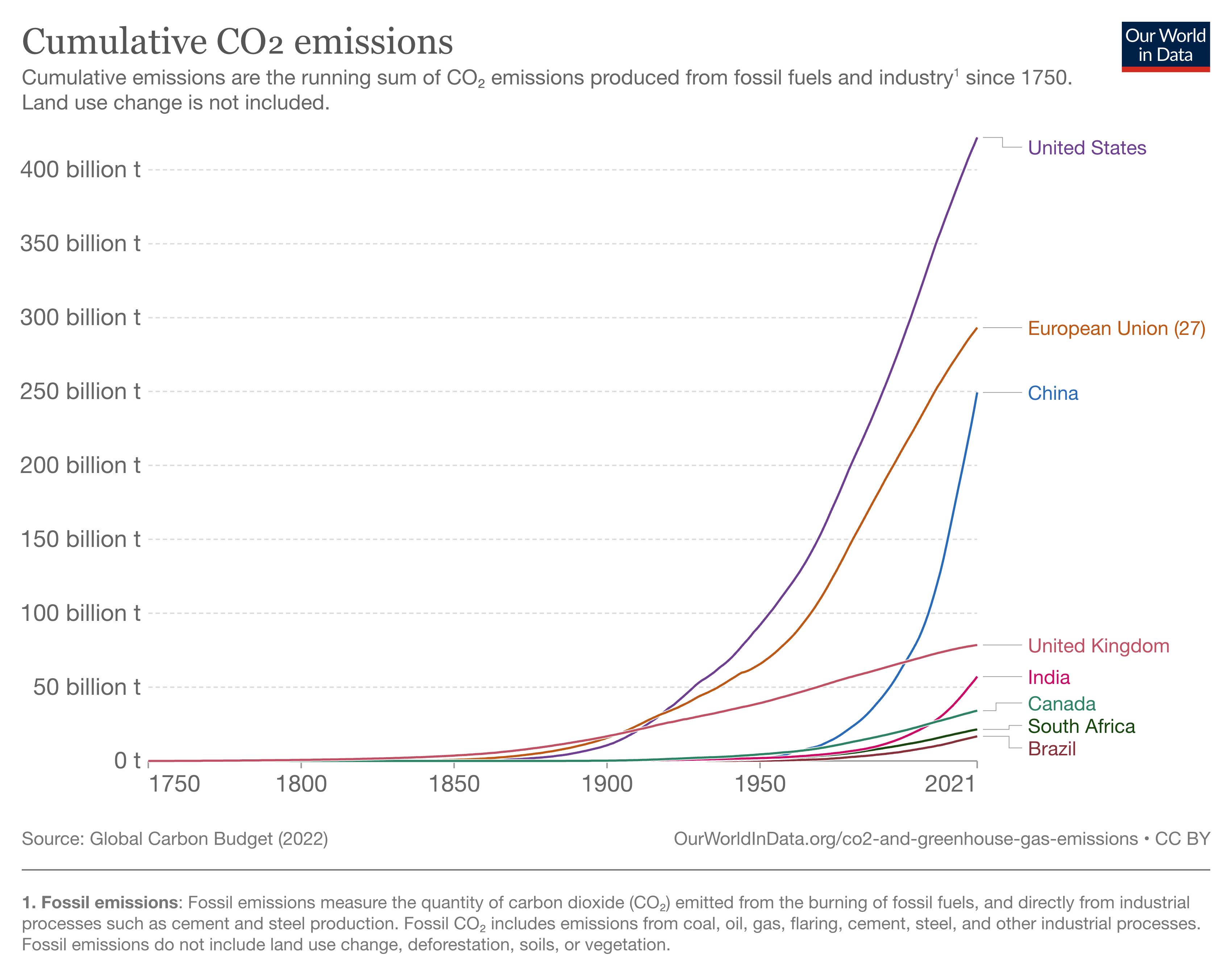The Intricacies of Greenhouse Gas Emissions
In the intricate ballet of Earth’s environment, there’s an uninvited performer: human-driven greenhouse gas emissions. Carbon dioxide, methane, nitrous oxide, and a handful of others, are propelling our planet towards an uncertain future.
History’s Temperature Tells A Tale
Examining historical temperature data reveals an unsettling trend. When viewed in relation to the 1961–1990 baseline, the global average temperature has seen a sharp surge, with current levels about 0.7°C higher. Journeying further back to 1850 adds an additional 0.4°C decrease, resulting in a total climb of approximately 1.1°C since the mid-19th century. Small yearly fluctuations notwithstanding, this rise is generally agreed to be between 1 and 1.2°C. Now, why is this significant?
Human Impact: A Climate Game-Changer
The leading driver behind this warming is anthropogenic greenhouse gas emissions. To put it plainly, humans are the culprits. In its authoritative AR5 assessment report, the Intergovernmental Panel on Climate Change (IPCC) stated that since the pre-industrial era, human-driven emissions have skyrocketed, primarily due to economic and population booms. This has led to an atmospheric concentration of greenhouse gases that hasn’t been witnessed for the past 800,000 years, setting off climate changes observed since the mid-20th century.
However, while greenhouse gases hog the limelight, aerosols deserve a mention too. Acting as a slight cooling counterforce in our planet’s climate equation, their presence has somewhat mitigated the heating effect. Still, natural variables have had only a minimal impact, which is articulated brilliantly with interactive graphics in an article from the Carbon Brief.
As the climate shifts, we’re staring at a domino effect of ecological, physical, and health repercussions. From extreme climatic events, sea-level rises, and agricultural disturbances to jeopardised water systems, the ripple effects are widespread. A deep dive into these potential fallouts is available in the 5th IPCC report.


The Road Ahead: Blueprint for a Low-Carbon Future
What’s the game plan to combat this crisis?
- Energy Rethink: A major chunk of greenhouse emissions stems from energy - be it electricity, heat, transport, or industrial endeavours.
- Food and Agriculture Revamp: With agriculture being the dominant player in global land use, focusing on agricultural processes and land use changes is imperative.
To pave a way forward, two pillars stand out:
- Boosting Efficiency: This entails optimised energy for given outputs, streamlined land use for food production, and slashed food wastage.
- Transitioning to Low-Carbon Alternatives: In the energy sphere, this involves gravitating towards renewables and nuclear energy, while in food, it necessitates a shift from high carbon footprint products to more eco-friendly options.
Decarbonising the Energy Matrix: The crux of a sustainable future lies in rejigging our energy sources.
- Embrace renewables and nuclear energy.
- Temporarily pivot from coal to gas, which is a lesser evil in terms of CO2 emissions.
- Migrate hard-to-decarbonise sectors, like transport, towards electricity.
- Champion low-carbon energy and advanced battery tech that’s both effective and economical.
- Intensify efforts in energy efficiency to optimise the energy-to-GDP ratio.
For a more in-depth exploration on this topic, consider diving into the treasure trove of data and insights at Our World in Data.2
In conclusion, our battle against the carbon crisis is not merely about averting environmental cataclysms. It’s a call to reimagine, restructure, and rebuild for a future where humanity and nature coexist harmoniously. The clock is ticking, and the stakes have never been higher.